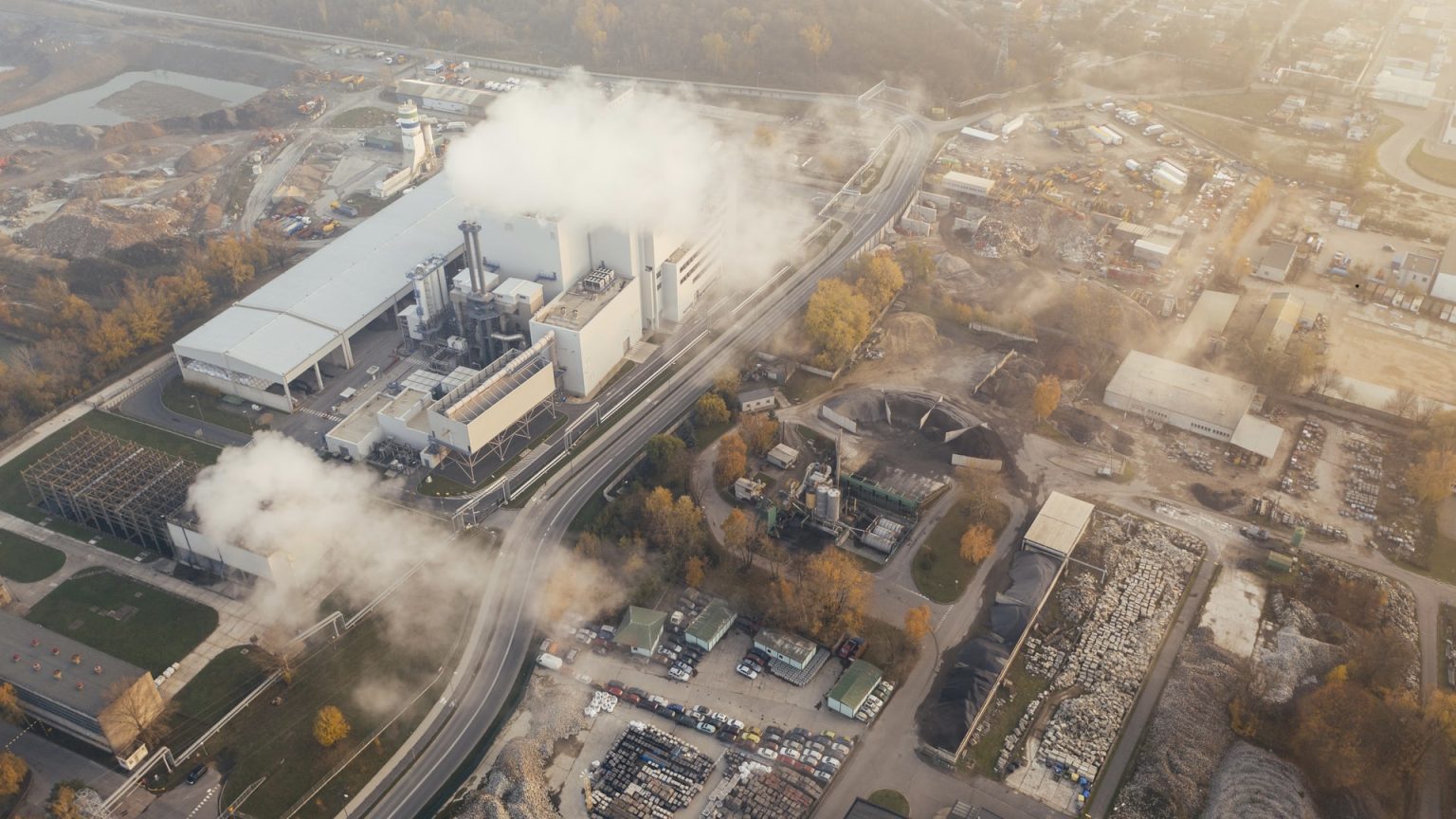Back to the source: What we gain when we cut out the middleman

- Middlemen such as Amazon and Wal-Mart became powerful enough to reshape the entire economy. Returning in modest ways to an economy of more direct exchange can help us lead richer lives and build a better economy.
- Middlemen are here to stay, so it is important to know how to use them and which ones to trust. Importantly, shorter intermediation chains are better.
- For direct exchange to help smooth structural inequities, it has to do more than deepen existing bonds. Our definition of “local” needs to evolve.
Many of us have become so accustomed to relying on Amazon or Walmart that we take their size and omnipresence for granted. But there is much more to the rise of these giant middlemen, and the supply chains behind them, than meets the eye. They are just the most vivid examples of a much broader transformation in how the economy works, whom it works for, and where the real power now lies.
My book, Direct, explains the rise of the “middleman economy”— characterized by powerful middlemen and long supply chains. It weaves together data, stories, and theory to show how the middleman economy took hold, the benefits it brings, and the dangers it poses. By comparing today’s middleman economy with the very different ecosystem that grows out of direct exchange—between makers and consumers, investors and entrepreneurs—my book shows how much is at stake in the threshold issue of “through whom” we buy, invest, and even give. It demonstrates how increasing direct exchange and more modest shifts in that direction can help us lead richer lives and contribute to a more resilient, connected, and just economy. And it provides practical guidance about when to use middlemen, when to avoid them, and how to choose more selectively among them.
Five simple principles can help everyone make better decisions about “through whom” to buy, invest, and give. These principles can be deployed by consumers looking to make more ethical decisions, managers trying to save money for their companies, and entrepreneurs seeking the next business opportunity. They can also be used by concerned citizens and policy makers who want to help shift power away from the middleman economy and back into the hands of the people who create and consume.
The Five Principles
Principle #1: Intermediation Matters: It is not just what we buy or to whom we give but also the structures through which we transact that matter. Whether a transaction is direct or entails layers of middlemen shapes the experience, the nature of the ultimate product or investment, and the ripple effects of the exchange. Thus, the critical first step is to recognize just how much is at stake in decisions to rely on middlemen, forgo them entirely, or choose more selectively among them.
Principle #2: Shorter Is Better: The shorter the intermediation chain, the better. There is no single optimal length, but layers of middlemen often spell trouble. The information gaps that exacerbated the 2008 financial crisis were the by-product of layers of investment vehicles—collateralized debt obligations, mortgage-backed securities, asset-backed commercial paper, money market mutual funds—that made it nearly impossible for anyone to know just how risks were allocated across the system. Similar dynamics are at play in the ongoing supply chain challenges plaguing so many sectors of the economy. On a more banal level, despite having tried, I cannot figure out just where the nuts in my mixed nuts or the oats in my cereal were actually grown. Shorter supply chains enhance accountability, reduce fragility, and can sometimes lead to meaningful cost savings.
Principle #3: Direct Is Best: When an exchange is direct, both sides see and have the opportunity to know the other. Many of the resulting benefits are akin to those that come from cutting out excess middlemen: greater accountability and resilience, more positive ripple effects and fewer negative ones, and more gains to be shared between maker and consumer. Beyond these advantages, however, direct exchange can also set the stage for other, powerful dynamics: enabling connection, promoting community, counteracting the loneliness that remains so pervasive, and reworking hierarchies. Rather than reducing individuals to types, direct exchange allows people to come to the table as the multidimensional human beings that they are, and enables them to feel more human as a result. No one is going to go direct all of the time. But even a modest amount of direct exchange can help remind us of the way all our purchases and investments affect other people and the planet we collectively inhabit.
Principle #4: Follow the Fees: Given that middlemen are here to stay, it is important to know which ones to use and for what. Understanding how a middleman makes money can make it easier to detect the tricks middlemen often use to encourage customers to spend more or nudge them toward a higher fee product or investment. It can also illuminate which middlemen to trust. A neighborhood bookstore may be a middleman, but its viability depends on the willingness of customers to return again and again, helping align its interests with its long-term customers. Homing in on how a particular middleman is compensated can go a long way toward better decision making.
Principle #5: Bridges Can Help: More direct exchange will likely mean more local trade, investment, and donations. Neighborhoods and towns have always been core to community so there is real value in using direct exchange to strengthen local connections. But if direct stops there, its capacity to transform the economy for the better will be limited. Today’s world is not flat. Both the real and virtual worlds we inhabit are hierarchical and divided. For direct to help smooth structural inequities, it must go beyond deepening existing bonds. This can happen in a few ways. For one thing, what we see as “local” can evolve. During the pandemic, for example, many city dwellers left their urban confines to go apple picking or buy a Christmas tree. This was often a new form of direct exchange and one that allowed them to appreciate the richness of the land not far from where they reside and connect with people who may have voted differently in the last election. More important, community can take many forms. Common interests, aspirations and challenges can create bonds that span continents. Through Hanahana Beauty, for example, visionary entrepreneur Abena Boamah-Acheampong, has used her Ghanaian roots and American upbringing to cultivate connections based on the common challenges facing Black women around the globe and to forge a circle of care that encompasses the company’s customers, workers and suppliers. Comic cons allow people from across the country and with otherwise different lives to connect around a shared passion. Consciously cultivated, direct exchange can play a role helping to disrupt embedded inequities.
Adapted from DIRECT. Copyright © 2022 by Kathryn Judge. Reprinted here with permission from Harper Business, an imprint of HarperCollins Publishers.





